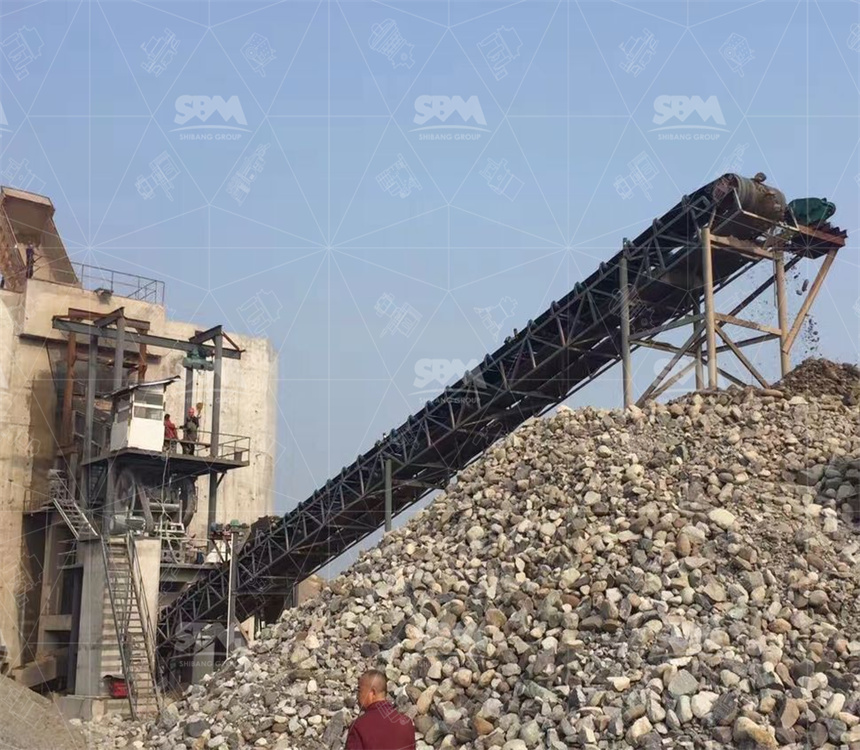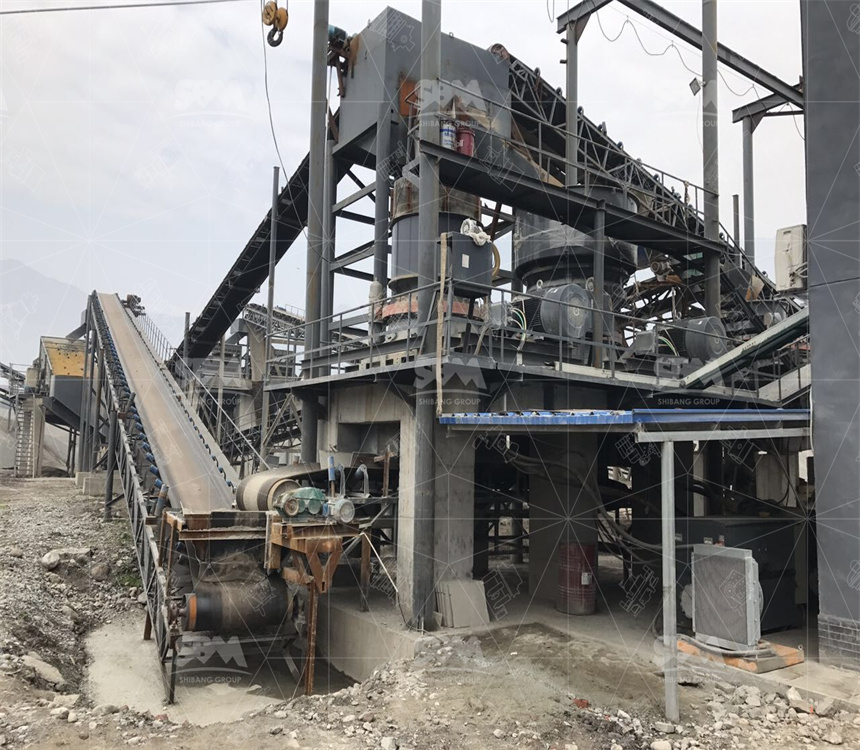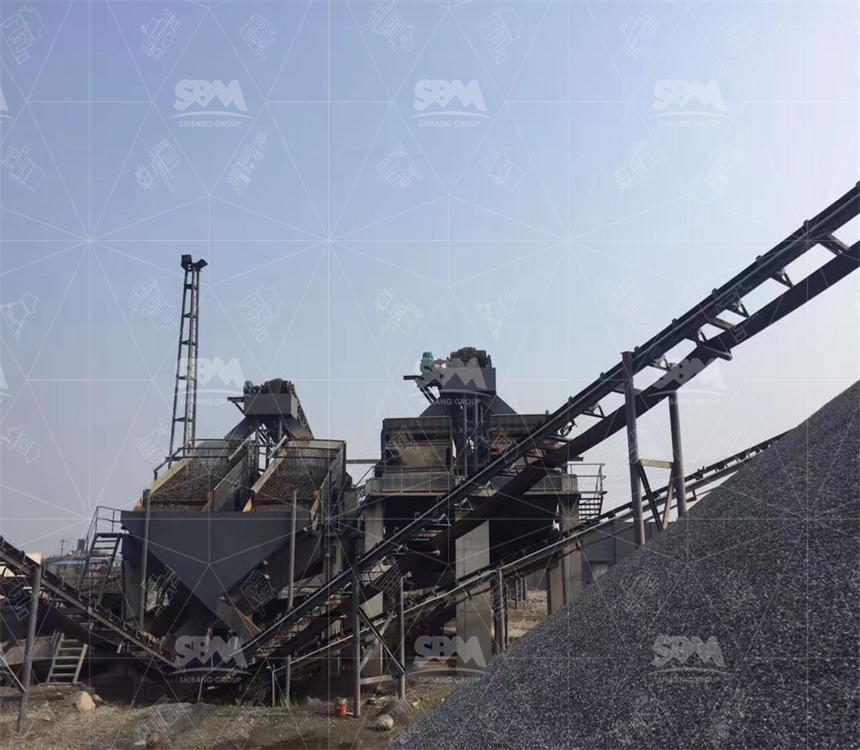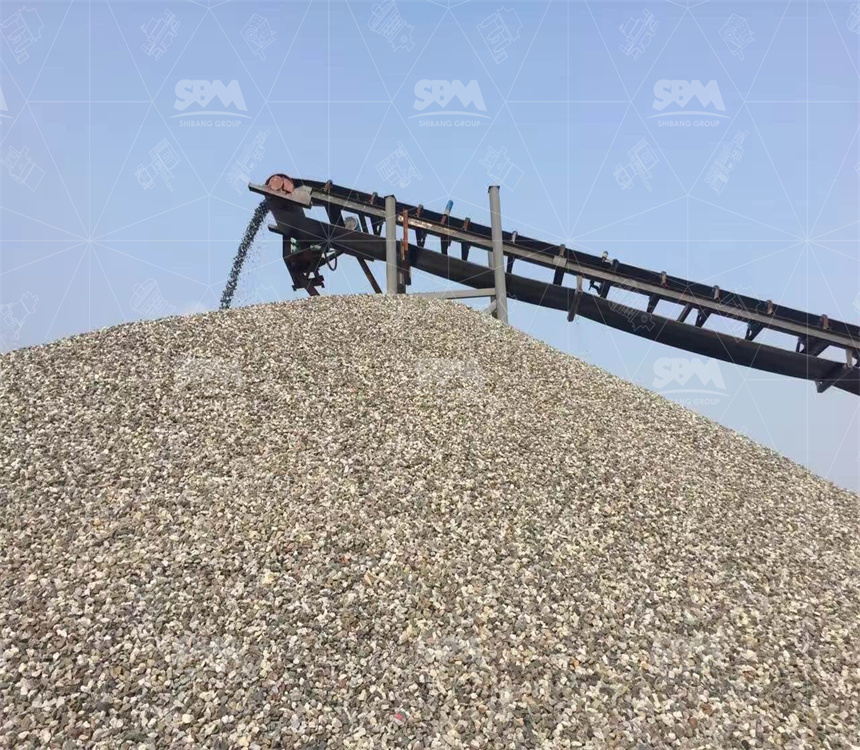Abstract: This article describes a turnkey 150 tons per hour river stone crushing plant project in Indonesia, using SBM mining machinery. It covers definitions, working principles, key machines with their technical parameters, implementation experience, energy & maintenance data, case studies, and guidance for selecting the right equipment.

River stone: natural stones from riverbeds, often with rounded edges, medium hardness (e.g. riverbed granite, basalt, limestone). Such stones typically have moisture content, some fine soil admixture, size distribution up to 300-400 mm. Crushing them needs robust primary crusher. 150 TPH (tons per hour): means the plant must crush 150 tons of river stone per hour continuously under design conditions (e.g dryness, suitable feed size, proper maintenance).
Indonesia river stone plant context: In many sites (Sumatra, Java, Kalimantan), river stone is used for road ballast, concrete aggregate. The stones often contain clay, wet fines, varying hardness. Ambient climate is tropical, high humidity, rainfall, so equipment must resist corrosion, allow quick maintenance.

For a stable 150 TPH river stone plant, a typical flow is:
Using SBM product lines, a recommended configuration (equipment model & key specs) could be:
| Equipment | Model | Input / Output Size & Capacity |
|---|---|---|
| Primary Jaw Crusher | C5X Jaw Crusher (e.g. C5X580×950) | Feed size 0-920 mm → output ~100-150 mm, capacity ≈150-340 TPH depending on hardness |
| Secondary Crushing | HPT Multi-cylinder Hydraulic Cone Crusher | Feed size up to ~300 mm, output ~20-40 mm, capacity 45-1200 TPH (choose size to match ≈150-300 TPH) |
| Tertiary / Shaping | VSI or optional sand-making machine (if strict cubical shape) | Output <20 mm (for concrete or asphalt), capacity variable (~100-200 TPH) depending on model |
Other required auxiliary equipment: Vibrating feeder (uniform supply), vibrating screens (multi-deck), belt conveyors, dust suppression; power supply (electric motors), control room, maintenance zone.
Here I describe two SBM-involved real projects with river stone or similar materials.
Project background: feed river stone, hardness ~Mohs 6, size up to 350 mm, moisture ~5-8%. Target output: road ballast 20-40 mm, capacity ~150 TPH continuous. Climatic: tropical, heavy rainfall in monsoon, high humidity.
Equipment used: Primary crusher: C5X580×950 jaw crusher; Secondary: HPT Multi-cylinder Hydraulic Cone Crusher; Screens: 2-deck vibration screens; conveyors; dust suppression. Plant running for 18 months, average uptime ~92 %. Output gradation stable: 20-40 mm ±2 mm; product shape good (cubical content ~65 %). Energy consumption: ~28-30 kWh per ton (for crushing + screening). Maintenance cycle: jaw crusher jaw plate replacement every ~600 hours; cone crusher mantle/concave every ~800 hours; bearings lubrication monthly; major inspections every 1000 hours. Fault rate: ~2 shutdowns per month for minor adjustments, no major breakdowns.

Feed material: river pebbles + some limestone, hardness moderate. Feed size up to 300 mm. Output required: concrete aggregate 10-30 mm, capacity also ~150 TPH.
Configuration: Primary crusher: PEW European Jaw Crusher (PEW860 model); Secondary: CS Spring Cone Crusher; Screening: triple deck vibrating screens. Installation experience: site foundation had to be reinforced due to heavy machinery and wet soil. Running data: average capacity achieved ~155 TPH; energy consumption ~32 kWh/ton (slightly higher due to moisture & mix); maintenance: impact plates, liners wear faster; replacement every ~500 hours for some parts. Client feedback: product shape excellent, material losses low (<5 %). Uptime ~90 %. Seasonal downtime only for inspection & replacing wear parts.
| Parameter | Value | Comments |
|---|---|---|
| Design Capacity | 150 TPH | matched via selecting jaw+cone crusher appropriately |
| Feed Size | up to ~300-400 mm | river stones often with large cobbles; jaw crusher chosen accordingly |
| Output Size | 20-40 mm (for coarse aggregate) | for road ballast / concrete; smaller if needed |
| Energy Consumption | 28-35 kWh/ton | depends on moisture, hardness, number of crushing stages |
| Uptime / Availability | 90-95 % | if maintenance schedule adhered, parts kept in stock |
| Maintenance Cycle (major parts) | jaw plates every ~500-700 h; cone mantles/concaves ~700-1000 h; bearings monthly checks | depends on material abrasiveness |
| Fault Rate | minor shutdowns 1-3 per month; major failures rare | with proper operator training |
These numbers are typical. They align with SBM published capacity ranges (e.g. C5X: 70-870 TPH; HPT cone crusher: 45-1200 TPH) which show there is margin to scale or adapt.
To choose the right components for a 150 TPH river stone crushing plant, follow this decision tree:
Advantages of adopting SBM equipment for 150 TPH river stone plant:
Risks or challenges:

SBM has over 30 years in mining machinery, implements rigorous quality control. Many SBM products comply with international standards in metallurgy, mechanical strength, casting quality. Spare parts use high-manganese steel, high chrome material, and advanced heat treatment. SBM machines equipped with hydraulic protections, overload protections, automatic controls. Clients worldwide testify to reliability, shape, capacity. SBM offers warranty, parts, local service branches. These attest its leadership in the field.
In my judgment, for a 150 TPH river stone crushing plant in Indonesia, the optimal configuration is to use a robust primary jaw crusher (C5X or C6X), followed by an HPT or possibly a cone crusher, with correctly sized screening. Targeting 150 TPH, you’d want crusher models that perform above that threshold to ensure margin. The parameters (feed size, output size, energy consumption, maintenance cycle) as in the case studies are realistic & proven.
Whatsapp:+8617329420102
Email: [email protected]
Address: No. 1688, Gaoke East Road, Pudong new district, Shanghai, China.
Online Service : Get Price
We value your feedback! Please complete the form below so that we can tailor our services to your specific needs.
